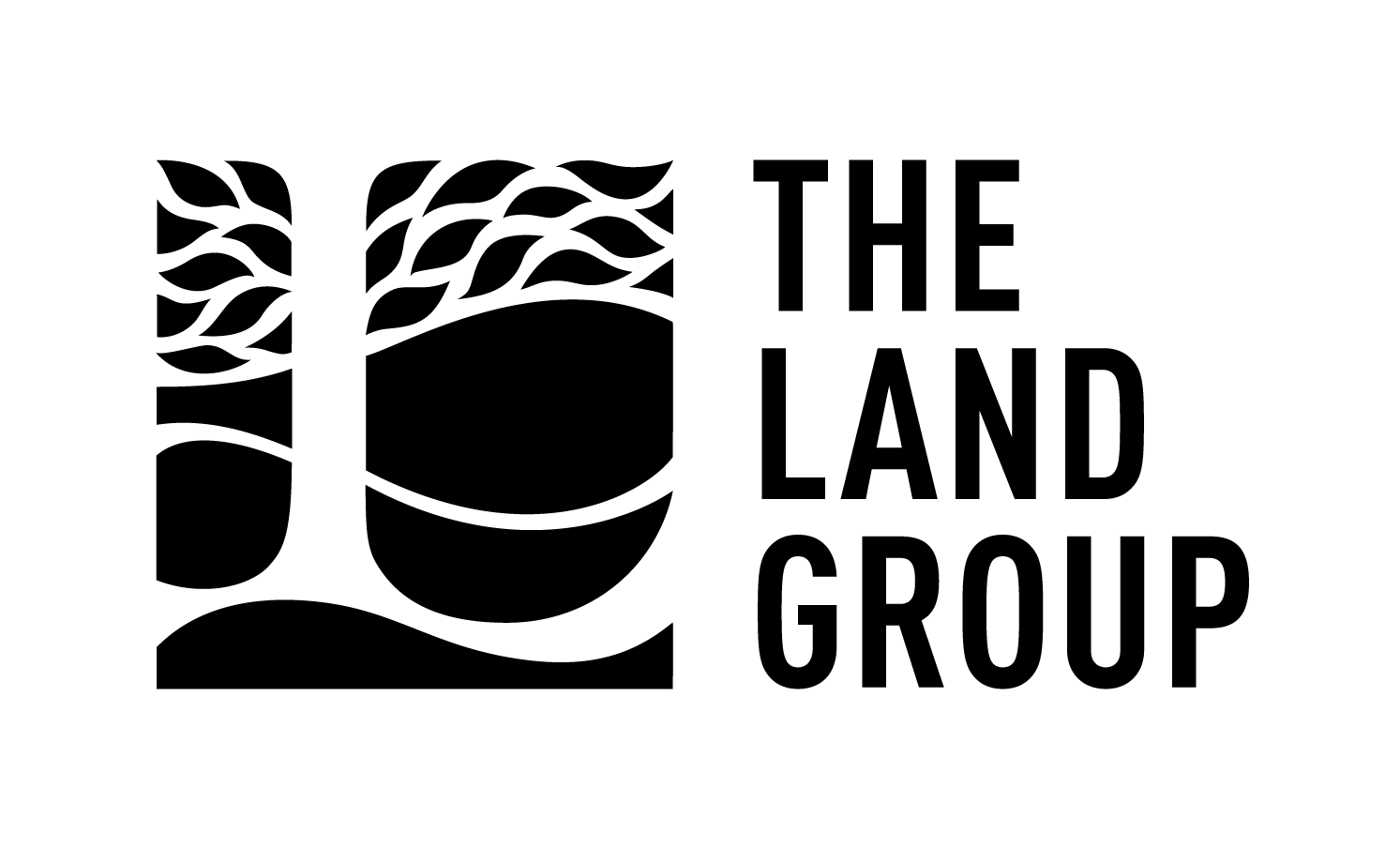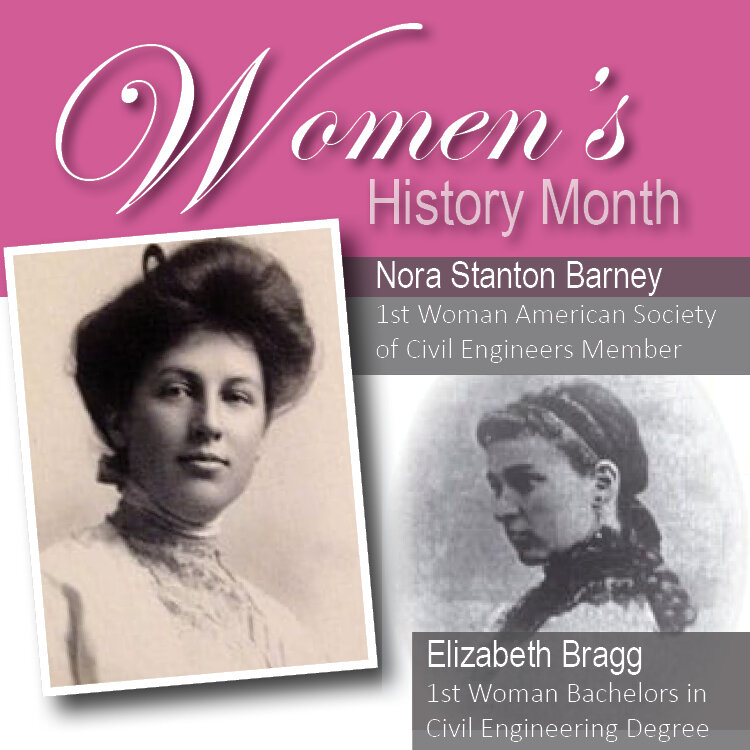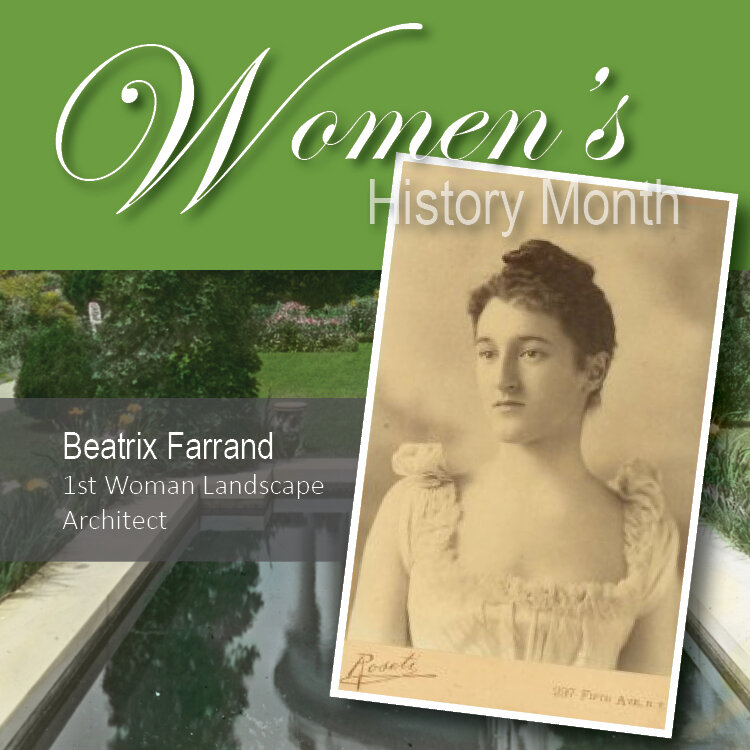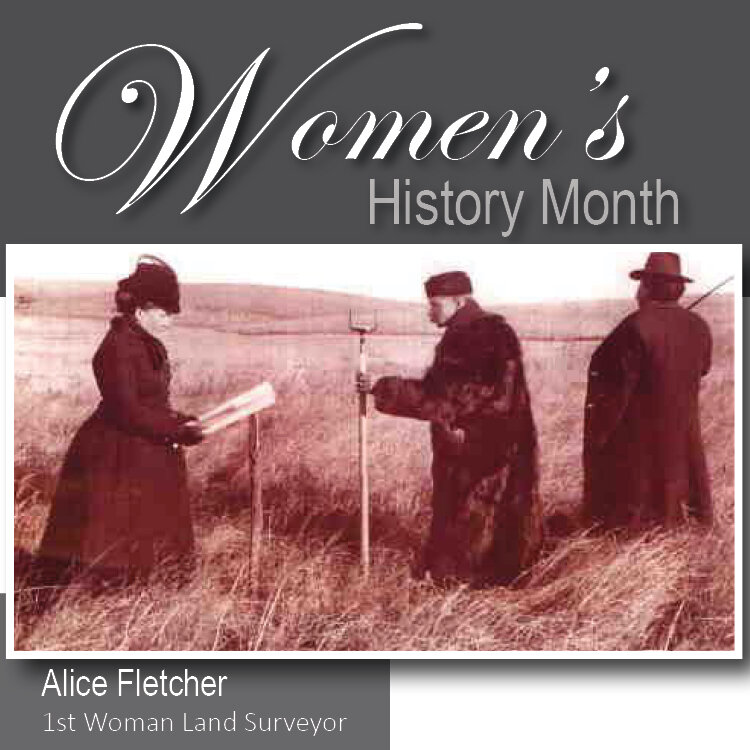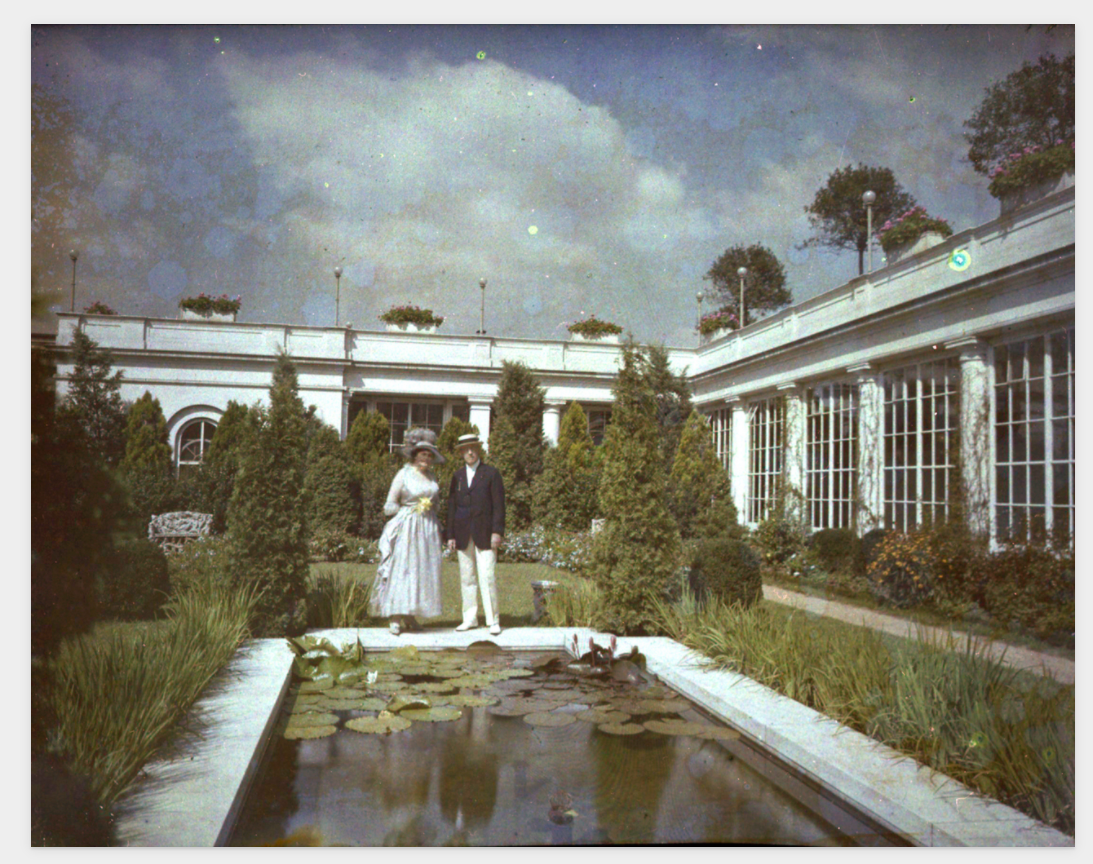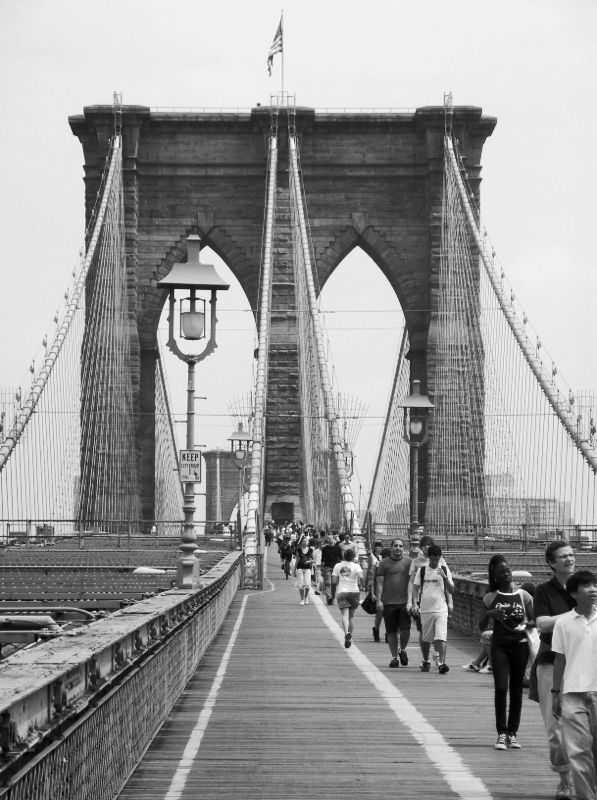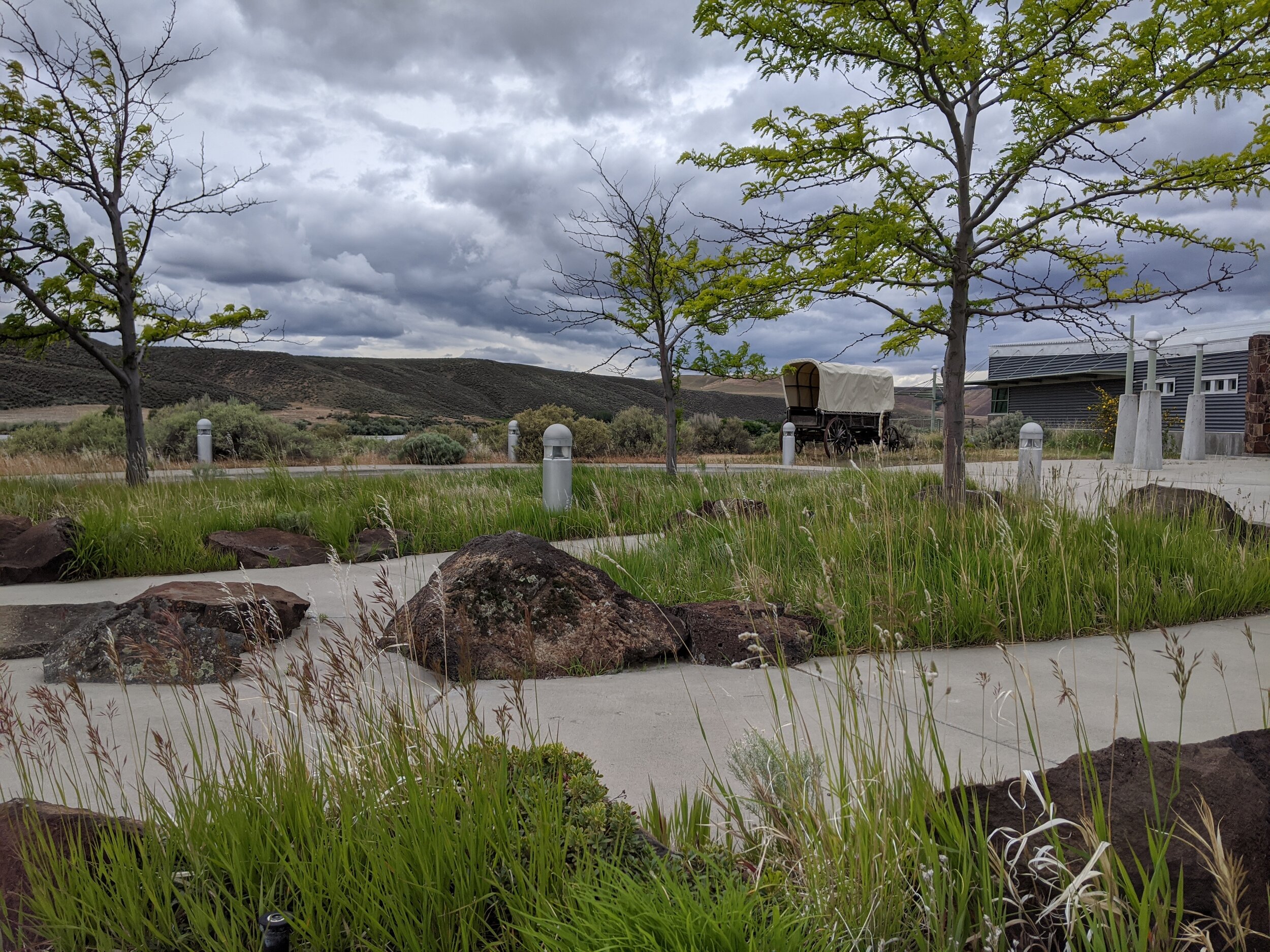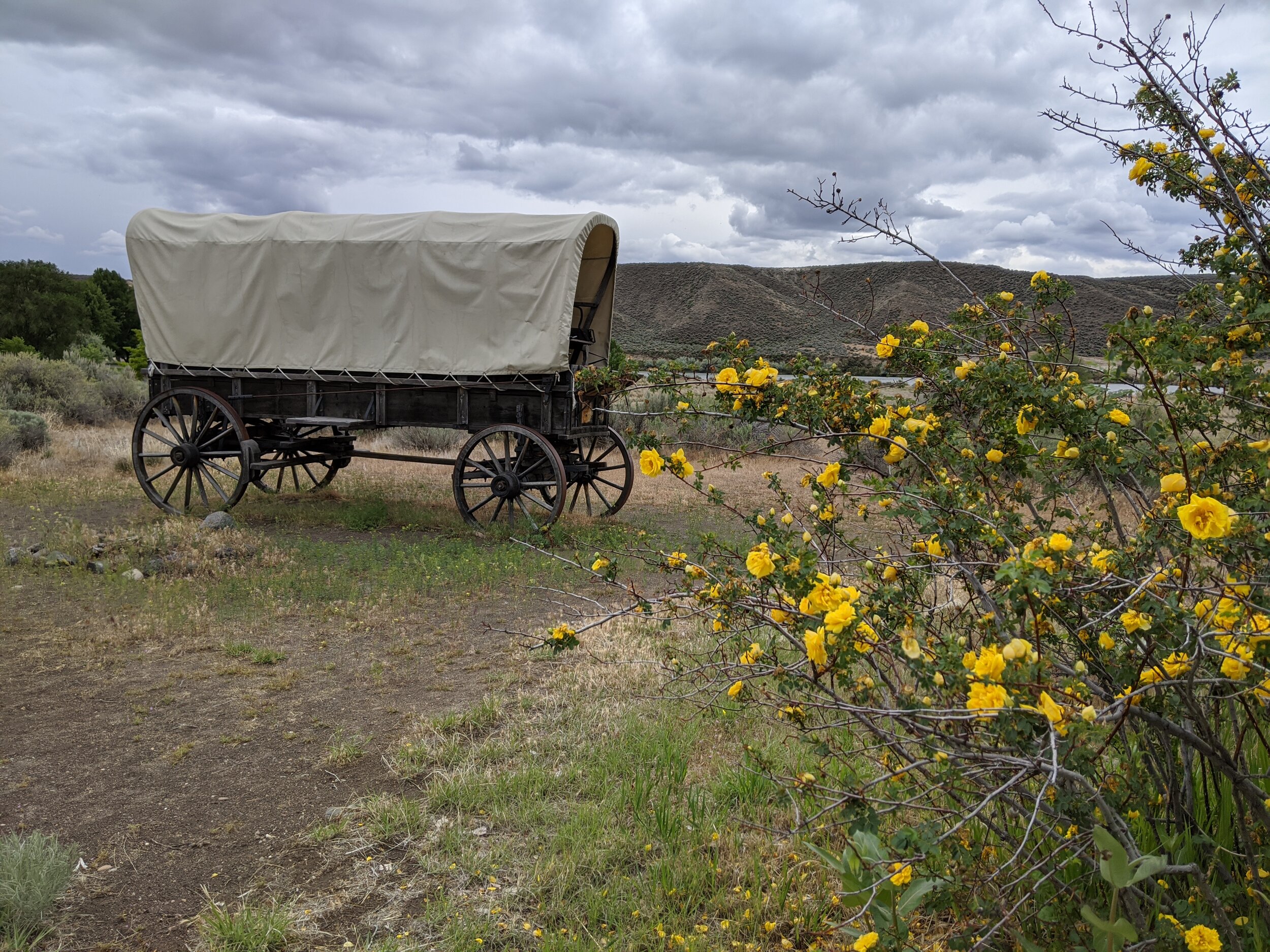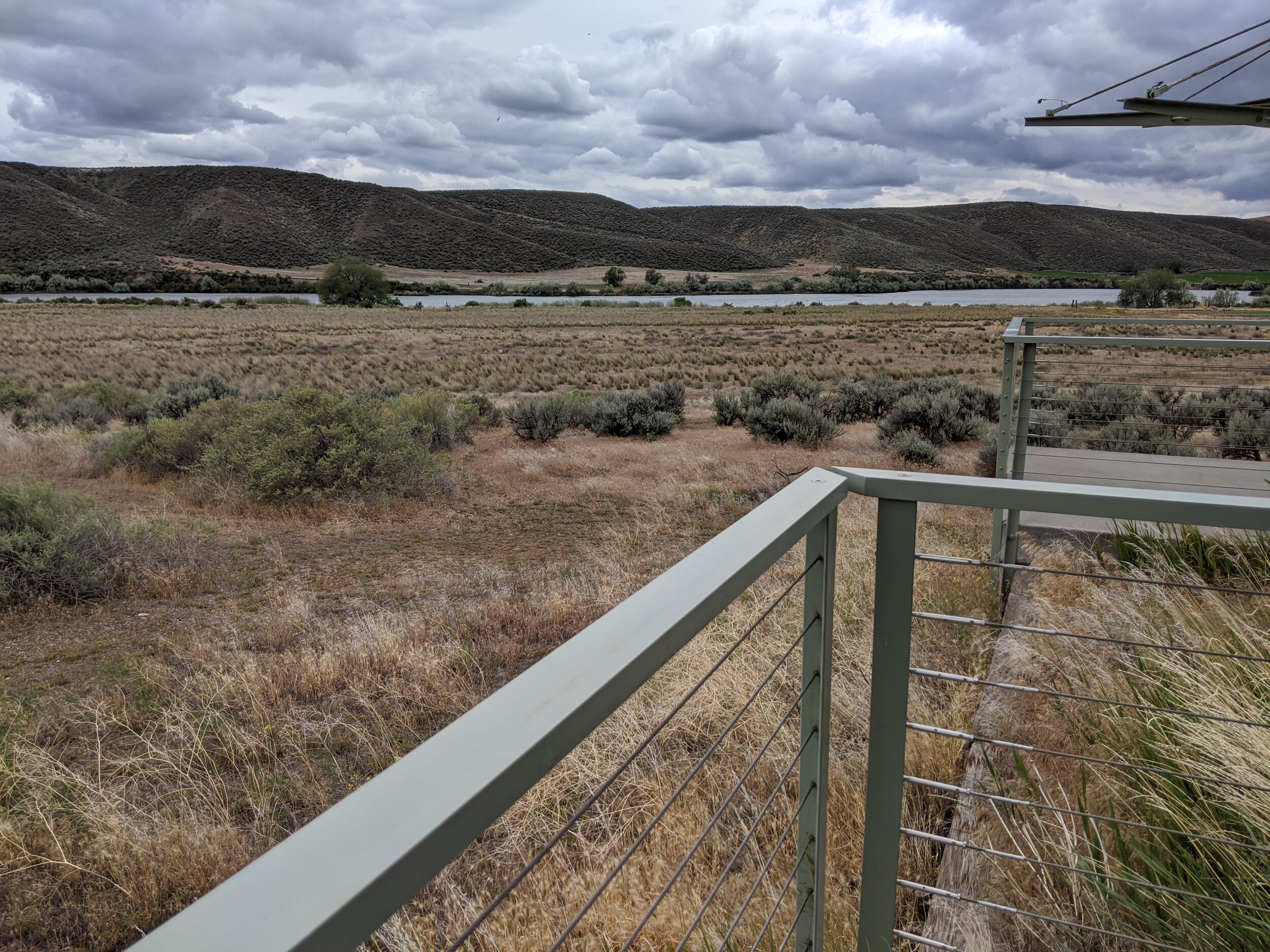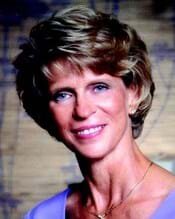Women’s History Month 2021
Women have been playing a role in the evolution of the built and natural environment for countless centuries. This month, we highlight some incredible stories and celebrate all women and the role they played in shaping our profession and built environment. Here are the first women pioneers in the disciplines of landscape architecture, civil engineering, land surveying, and planning, who paved the way for the profession and future women professionals.
FAMOUS FIRST WOMEN
1st Recognized Woman Landscape Architect – Beatrix Farrand
“Gardens are good for the soul.”
One of the pioneering women of the early 20th century was not a politician, or a writer, or a social reformer, but a landscape designer. Beatrix Farrand was an acclaimed landscape gardener whose designs can still be enjoyed in many cultivated spaces today. She was sought after by America’s wealthiest families, such as the Rockefellers and the Morgans, by Ivy League universities, botanical gardens, municipalities, and even the White House. Her work spanned more than private and high-end spaces, and she emerged as a pioneer of public space and an advocate of the power of landscapes to improve the lives of all Americans. Among other existing examples of her work are the terraced garden rooms of Dumbarton Oaks, and the carriage roads of Acadia National Park.
“She was outstanding as a designer; she had a great sense of proportion and strength in her designs. But because she was a woman, she didn't have the opportunities that men had. They were designing public parks; her work was in the private realm." Landscape architect Diane K. Maguire, quoted in the New York Times, 2003.
https://insights.jonite.com/the-females-who-pioneered-landscape-architecture
https://tclf.org/making-visible-contributions-pioneering-women-landscape-architecture
1st Recognized Woman Civil Engineers – Elizabeth Bragg & Nora Stanton Barney
In 1876, Elizabeth Bragg became the first woman to receive a bachelor’s degree in engineering. She earned her degree in civil engineering from the University of California at Berkeley. Elizabeth worked as a stay-at-home wife and mother rather than entering the engineering profession. Nora Stanton Blatch Barney was an English-born American suffragist, architect, and civil engineer. As the granddaughter of American suffragist Elizabeth Cady Stanton, she upheld her mother’s and grandmother’s tradition of achievement and advocacy. After graduating from Cornell in 1905 with a degree in civil engineering – and founding a suffrage club at the university – Barney was immediately accepted as a junior member of the American Society of Civil Engineers. When she was denied advancement to associate member status because she was a woman, she filed suit against the ASCE. While the lawsuit did not win her reinstatement, history eventually did, and she was posthumously awarded ASCE Fellow status in 2015.
http://istonline.org.in/5-famous-women-civil-engineers/
https://letsgetsciencey.com/famous-female-engineers/
Nora Stanton Blatch Barney | American civil engineer and architect | Britannica
1st Recognized Woman Land Surveyor - Alice Fletcher
The journey for women surveyors began in the mid-1800s when Alice Fletcher, a pioneer anthropologist, ethnologist, and social scientist became the known as the first woman American Land Surveyor. Also referred to as the “Measuring Woman”, Alice dedicated a significant portion of her career to studying and learning from Native Americans. She was hired by the Bureau of Indian Affairs in 1882 to survey all Native American lands and assess their suitability for allotment. Upon learning of the Omaha Tribe’s fear of being banished to designated Indian Territory, she fought for their right to legal titles of their own farms. By 1884, she had allotted 75,931 acres in 954 allotments to 1,194 Omaha people, establishing herself in the history books as the first American woman surveyor and opening the doors for women to pursue a career in the land surveying profession.
https://www.pobonline.com/articles/102338-the-first-lady-of-land-surveying-alice-fletcher
https://www.forbes.com/sites/deborahtalbot/2018/05/08/why-women-matter-in-urbanism-and-city-planning/?sh=56a16ec610cf
WOMEN INSPIRED PROJECTS
Did you know these well-known places were designed or influenced by women?
East Garden of the Whitehouse (Now known as “The Rose Garden”)
Beatrix Farrand worked with both Edith and Ellen Wilson to design a First Lady's Garden for the East Wing of the White House. The area was re-envisioned by Jacqueline Kennedy in 1962 and is now the Rose Garden. Beatrix Farrand was responsible for some of the most celebrated gardens in the United States and shaped a distinctive American voice in landscape architecture.
The East Garden, designed during the Wilson administration by Beatrix Farrand, in a 1921 photograph by Frances Benjamin Johnston.
The Brooklyn Bridge
Emily Warren Roebling (1843-1903) is known as the “Silent-Builder” of the Brooklyn Bridge. Although she did not hold an engineering degree, but instead a law degree from New York University, she is famous for stepping in as an engineering manager and ensuring that the design work begun by her husband and his father, the project’s civil engineer and chief engineer, reached completion. When Roebling's father-in-law died and her husband became too ill to continue his work, Roebling herself managed the project by taking extensive notes and communicating goals to the workmen and financiers, while becoming self-taught in all aspects of civil and construction engineering. Roebling displayed such proficiency in the issues of the site, construction, materials, and cable fabrication that some observers concluded she had assumed the duties of chief engineer.
PIONEERING WOMEN OF IDAHO
The Minidoka Project
The Minidoka Project is a series of public works by the U.S. Bureau of Reclamation to control the flow of the Snake River in Wyoming and Idaho, supplying irrigation water to farmlands in Idaho. One of the oldest Bureau of Reclamation projects in the United States, the project involved a series of dams and canals to store, regulate, and distribute the waters of the Snake, with electric power generation as a byproduct. The water irrigates more than one million acres of otherwise arid land, nourishing much of Idaho's potato crop as well as its alfalfa, fruit, and sugar beets. Five main reservoirs collect water, distributing it through 1,600 miles of canals and 4,000 miles of lateral distribution ditches.
Part of the Minidoka Project – This all-female survey crew!
Photo credit: All Female Survey Crew, Minidoka Project, Idaho, 1918, U.S. Department of the Interior.
https://www.usbr.gov/pn/project/brochures/minidoka.pdf
Women on the Oregon Trail
In the early 1840s Americans began heading west in large numbers, many traveling in family groups. Women in the nation’s more settled areas were supposed to excel at domestic work, like cooking, cleaning, and raising children; however, as part of a wagon train, women got to showcase a wider range of skills. One classic study of gender and work on the overland trails argues that, with each night on the trail, women stepped further outside their traditional domestic duties; while they remained responsible for food and laundry, they also gathered buffalo chips for fuel, drove teams of oxen, made bullets, and cared for the sick and injured.
Not all women went west as part of a family unit. The Homestead Act, passed in 1862, allowed “any person who is the head of a family, or who has arrived at the age of twenty-one years” to claim land for themselves. While most textbooks focus on the Act’s popularity with nuclear families, women—whether single, divorced, or widowed—could also be “head of a family”; one scholar estimated that, in the first 50 years of the Homestead Act, women accounted for one third of all homestead claims.
In 1998, The Land Group was part of a design team that created the master plan for this Oregon Trail History and Education Center at Three Island Crossing State Park in Glenn's Ferry, Idaho - The riskiest river crossing on the Oregon Trail.
https://historicoregoncity.org/2019/04/03/women-on-the-trail/
http://projects.leadr.msu.edu/youngamerica/exhibits/show/theoregontrail/womenoregontrail
https://www.nps.gov/articles/000/women-traveling-west.htm
THE GEMS OF THE TREASURE VALLEY
The Boise River Greenbelt serves as the uniting ribbon that links these precious jewels – the properties gifted to the city in honor of some of Boise’s finest civic leaders. The parks are legacies of several remarkable women and their commitment to their community.
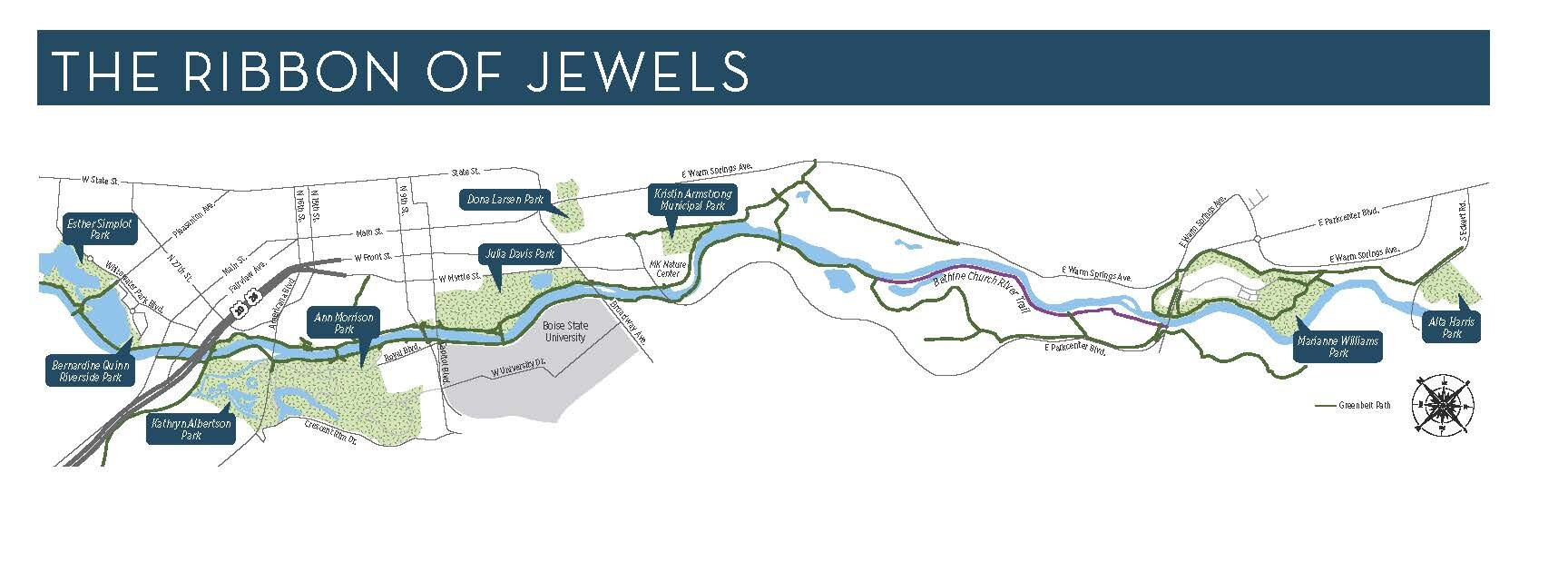
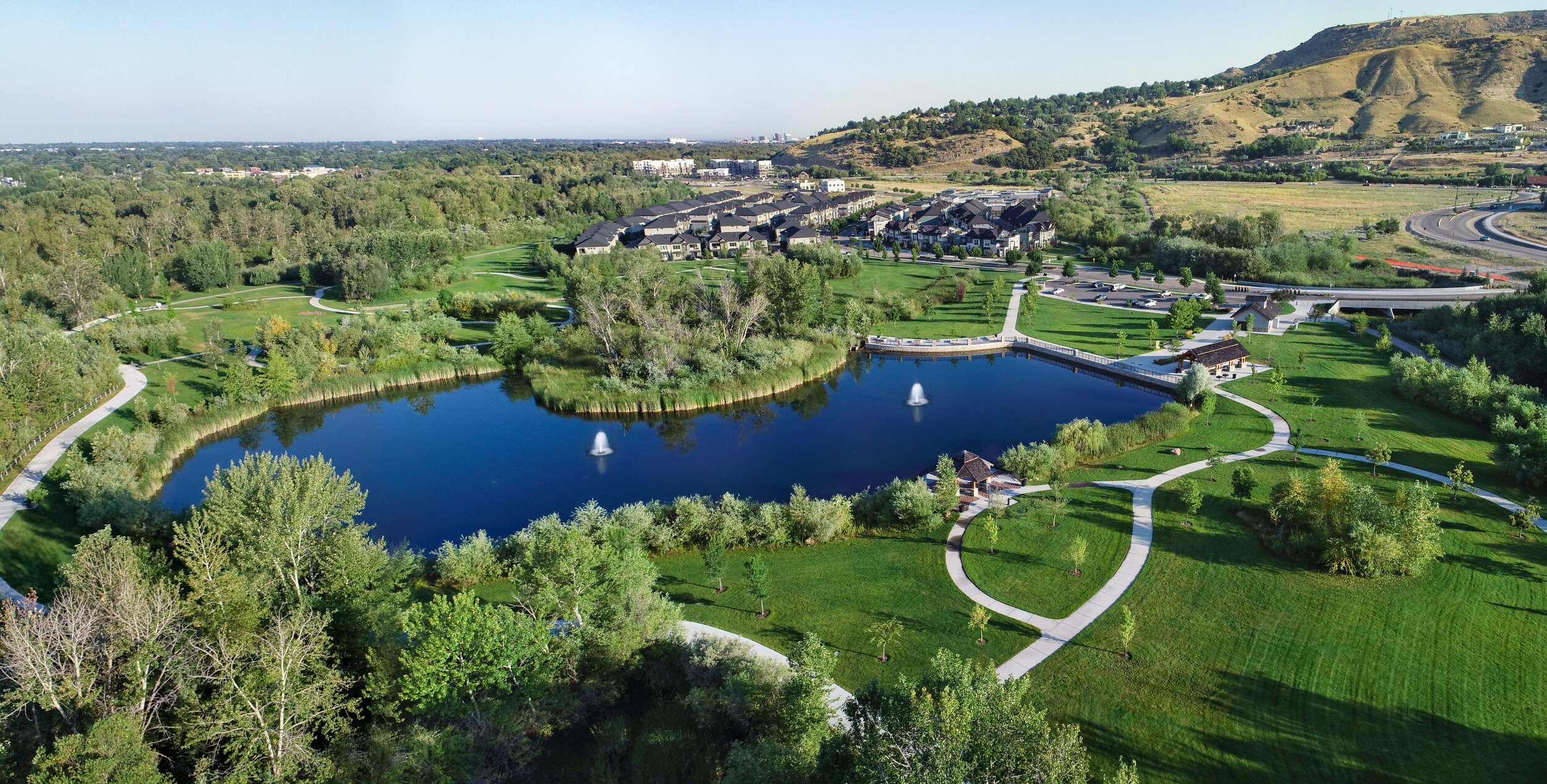
Marianne Williams has dedicated her time and energies to her family and various civic activities benefiting the Treasure Valley. She has volunteered her services to St. Alphonsus Regional Medical Center, worked to enrich the lives of senior citizens as the manager of a senior citizen complex and—along with her husband—actively supports numerous other civic organizations, often electing to do so anonymously. Marianne has played a vital role in the support of collegiate athletics at Boise State University and has served on the Bronco Athletic Association Board of Directors.
Marianne Williams Park, a 72-acre park located on the Boise River in East Boise’s Barber Valley, was donated in 2005 by Larry Williams in honor of Marianne. Primarily acting as a flood control and wetland development, amenities include open space, two large ponds, paved walking paths, a gazebo, picnic shelter, restroom and benches.
For more on Ms. Williams, the namesakes of Boise’s other parks, and these women’s contributions to the City of Trees, see the link below:
https://www.cityofboise.org/departments/parks-and-recreation/ribbon-of-jewels/
